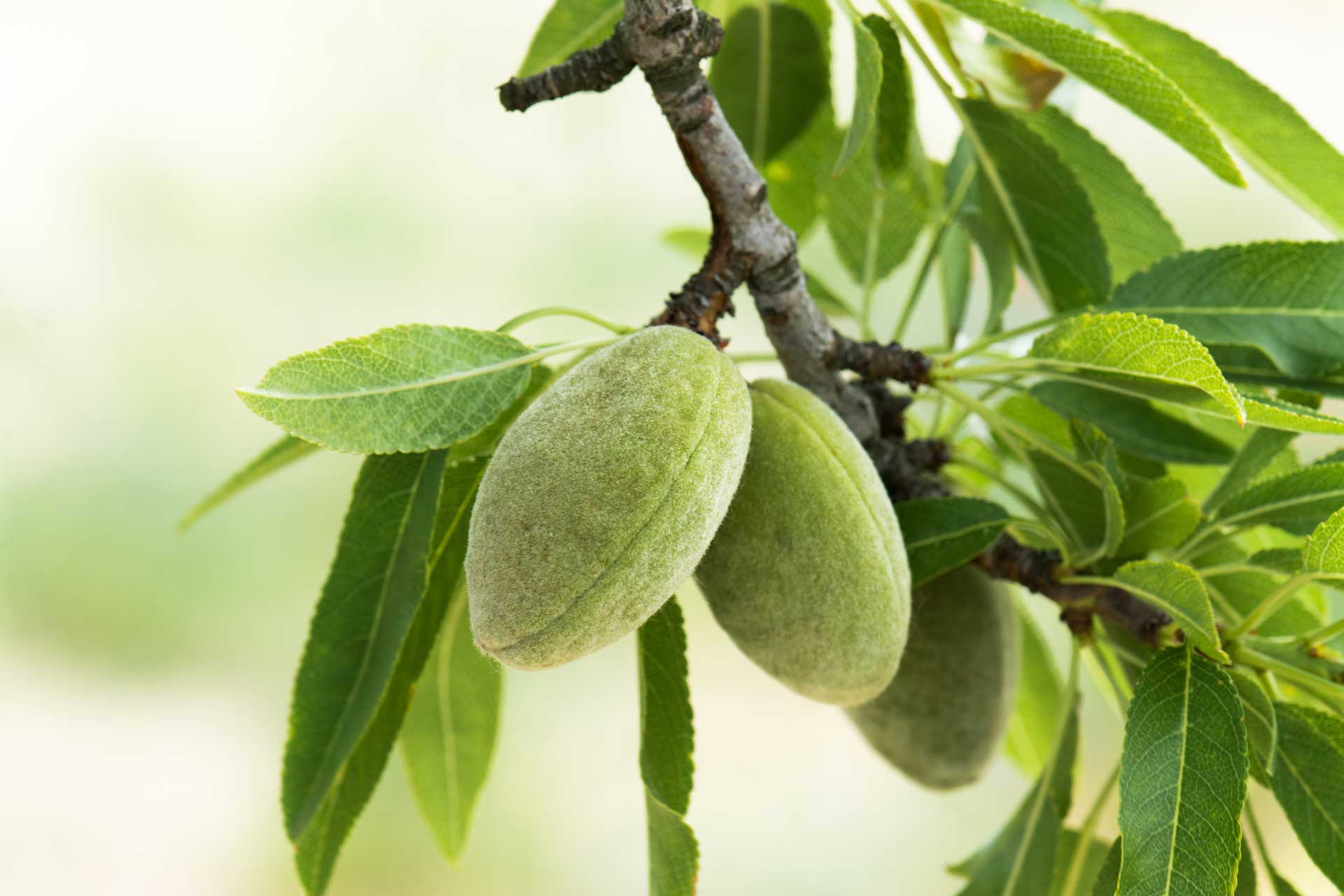Matching nitrogen demand with almond orchard productivity starts with April leaf tissue sampling.
According to Sebastian Saa, senior manager of agricultural affairs at the Almond Board of California, leaf tissue analysis in April can show the general availability of soil nitrogen and tree reserve nitrogen, allowing for adjustments of in-season fertilization rates. Deficiencies in other nutrients may also be detected
“While leaf tissue sampling in summer months certainly provides a reliable and realistic measurement of nutrient concentration, it doesn’t leave you with much time to make adjustments for that growing season,” Saa said.
“Taking proactive leaf tissue samples in April and combining the results with yield estimates, therefore, allows growers to effectively plan in-season nitrogen demand and ultimately have the best opportunity to reach their yield goals for the season.”
Research has found that sampling leaves in July is too late to make adjustments in the fertilizer program. The practice of April leaf sampling and yield estimation to predict nitrogen demand will allow for adjustments of the fertilization program.
The practice of collecting one combined leaf sample per orchard is only effective if the orchard has average variability. Orchards with wide variations in age, soils, environment or productivity need samples taken by zones, so that nitrogen can be managed according to the needs of each zone.
The University of California Davis Early-Sampling Protocol involves sampling all the leaves of 508 non-fruiting, well exposed spurs per tree at 43 +/- six days after full bloom when the majority of leaves on the non-fruiting spurs have reached full size.
In most orchards, this timing is approximately mid-April. Leaves should be collected from 18 to 28 trees per orchard, but each tree should be at least 30 yards apart. A minimum of 100 leaves per sample bag is required. Bag should be labeled with the date the leaves were collected.
Request a full nutrient analysis (N,P,K, B, Ca, Zn, Ci, Fe, Mg, Mn, S) from the laboratory along with application of the UCD-ESP program. Note if foliar fertilizers have been applied.
This sampling protocol has only been validated for Nonpareil in orchards at least eight years old. If samples are from a different cultivar, it should be noted in the bag. Results of sampling different cultivars can still result in valuable information for the grower as cultivar specific nutritional requirements are not likely to vary significantly.
Almond Board of California reports that all California testing laboratories will be provided with UCD-ESP guidelines for interpreting April tissue values.
The information provided by the laboratory can be integrated with expected yield to determine annual nitrogen application. Fertilization strategy can be adjusted for the remainder of the year to reflect April leaf analysis results and yield estimates.
A spreadsheet utilized as a tool for yield calculations can be downloaded at the web page Crop Nutrient Status and Demand.
(http://ucanr.edu/sites/scri/Crop_Nutrient_Status_and_Demand__Patrick_Brown/)

Cecilia Parsons
Cecilia Parsons has lived in the Central Valley community of Ducor since 1976, covering agriculture for numerous agricultural publications over the years. She has found and nurtured many wonderful and helpful contacts in the ag community, including the UCCE advisors, allowing for news coverage that focuses on the basics of food production.
She is always on the search for new ag topics that can help growers and processors in the San Joaquin Valley improve their bottom line.
In her free time, Cecilia rides her horse, Holly in ranch versatility shows and raises registered Shetland sheep which she exhibits at county and state fairs during the summer.
















